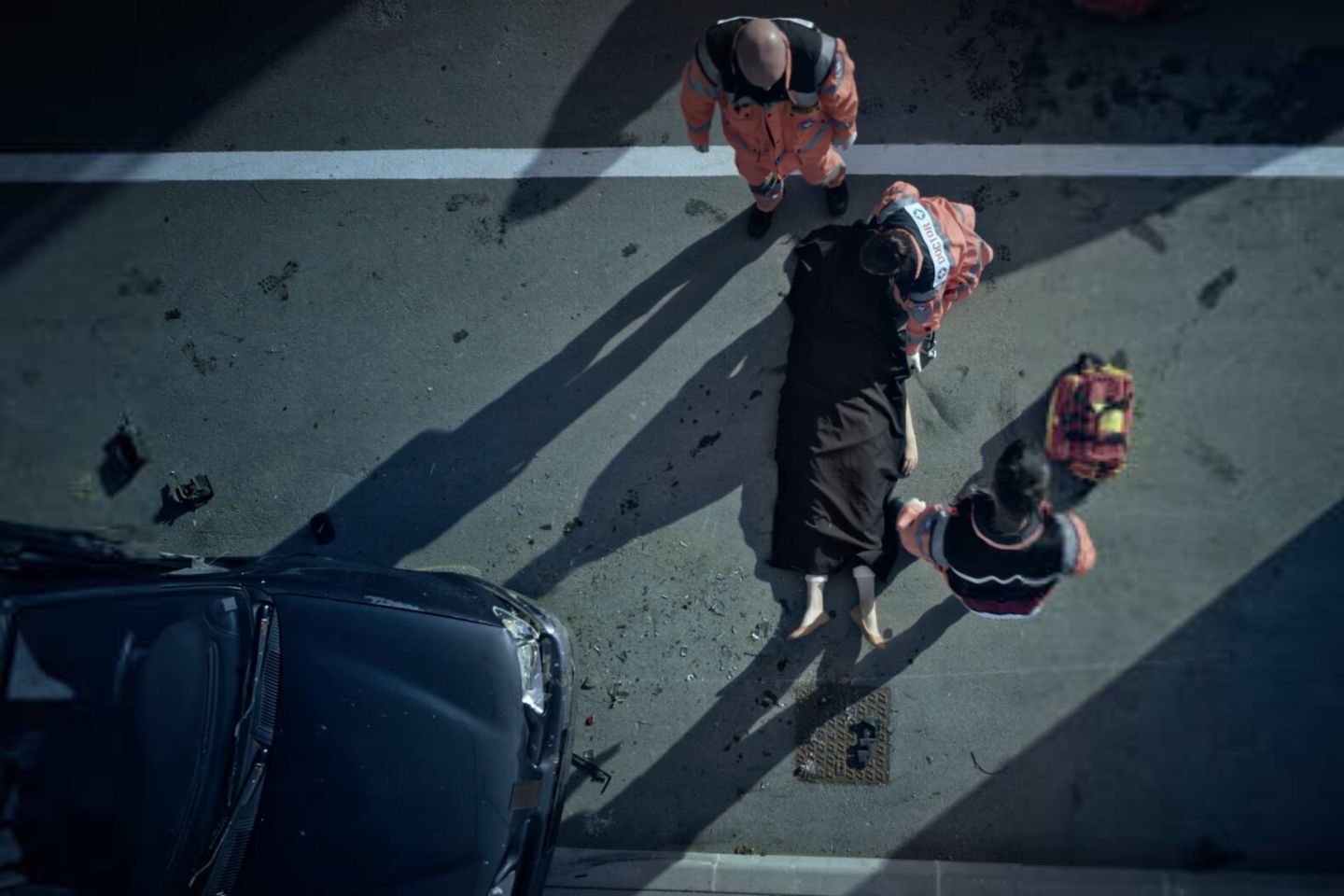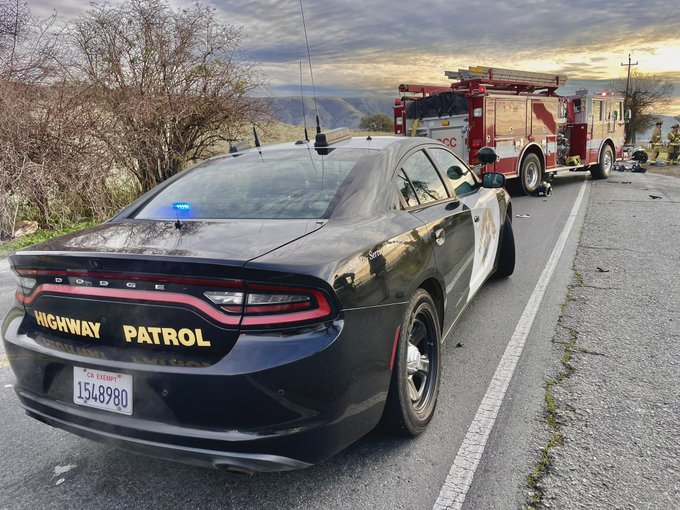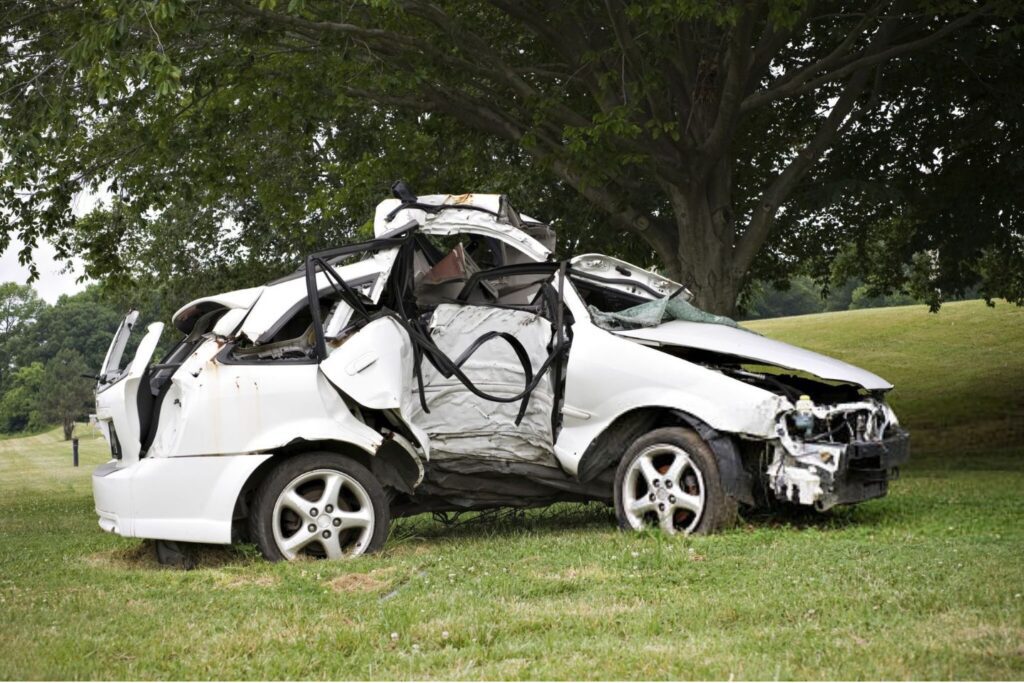Fatal car crashes are a tragic aspect of modern urban life, and San Francisco has had its share of such heartrending incidents. In the bustling streets of this metropolitan hub, the harmony between pedestrians, cyclists, and vehicles is sometimes disrupted by devastating accidents. Such events leave behind a trail of questions and concerns about safety, regulations, and the factors that lead to these tragic outcomes.
Based on the Vision Zero statistics, 2022 recorded the highest number of fatalities in the past 10 years. 39 people were recorded to be involved in fatal crashes in San Francisco; in 2023, it was reduced to 27. Although there was a 30.077 decrease, various factors affect the occurrence of these fatal crashes. One might say that dark streets and wet and slippery roads are the culprits. But lo and behold, numbers show that 45.2% of recorded accidents occur in dark, lighted places, which can mean on nights and in lighted areas. While based on weather, 87.3% happen on a clear day.
Your awareness of traffic safety is crucial, particularly in a city like San Francisco, where the roads are often filled with a mix of tourists, residents, and commuters. Recent data suggests that despite efforts to improve road safety, the city has faced challenges in reducing the number of fatalities. For instance, a young life was tragically cut short at 4th and King when a vehicle collided with a stroller, emphasizing the need for persistent vigilance and improved safety measures in high-traffic areas.
Understanding the circumstances that lead to fatal crashes is important for prevention and preparedness. In San Francisco, initiatives like Vision Zero have been implemented with the goal of eliminating traffic deaths. Nevertheless, with incidents such as multiple fatal crashes across the Bay Area, it is evident that striving toward a safer city is an ongoing process that requires collective action and continued focus on the factors contributing to these tragedies.
Overview of the Incident


You will find an account of a significant traffic incident below, with details about when and where the event occurred, the vehicles involved, and the tragic outcome, including reported casualties.
Location and Time
The crash event took place on the San Francisco-Oakland Bay Bridge, specifically impacting eastbound traffic toward Oakland. The incident transpired during the early morning hours of a Thursday.
Vehicles Involved
Vehicles that were part of this fatal event included both personal and commercial transportation. The collision initially involved several cars, subsequently leading to a larger pileup.
Casualties
This unfortunate incident resulted in a significant loss of life and injuries. Three individuals were pronounced dead at the scene, while two others sustained injuries of varying severity.
Response to the Crash
In the wake of a serious collision, swift and systematic responses are crucial for victim assistance and traffic management.
Emergency Services’ Actions
When a crash occurs, emergency services immediately spring into action. Your safety and the safety of others involved are the priority. Teams assess the scene, provide medical attention, and work quickly to prevent further incidents. Statistics show that EMS services are on the scene for approximately 8.6 minutes on average, 1.2 minutes faster than in California. For instance, following a collision at the 4th & King intersection, a Rapid Response team was convened to manage the emergency efficiently.
Traffic Impact and Management
After a crash, traffic flow can be significantly disrupted. To minimize impact, law enforcement may redirect traffic while city officials analyze the site for potential safety improvements. The information gathered can lead to long-term changes aimed at preventing future accidents. San Francisco traffic authorities employ a protocol to ensure transparency and effective traffic management post-collision as part of their response strategy.
Investigation


When a fatal crash happens in San Francisco, meticulous investigations are set into motion to uncover the contributing factors and any potential charges to be made against individuals involved.
Authorities in Charge
The San Francisco Police Department (SFPD) typically investigates fatal crashes occurring in the city. Depending on the location and scale of the incident, other agencies, such as the California Highway Patrol (CHP) and forensic experts, may also participate in the investigation process.
Initial Findings
Initial findings often involve gathering evidence from the scene, including surveillance footage and witness statements. The information is initially kept confidential, but some details are sometimes released to the public. For instance, in the recent Tenderloin district incident, authorities shared that the crash occurred at 1:46 a.m. at the intersection of Polk and Ellis Streets. Further details will emerge as the investigation evolves.
Implications
The implications of fatal crashes in San Francisco extend beyond the immediate tragedy, affecting legal frameworks, the way street safety is approached, and eliciting a strong public response.
Legal Consequences
Fatal accidents often result in significant legal repercussions. If negligence or misconduct is proven, the party responsible could face criminal charges and civil liabilities. For instance, a traffic fatality tracker aids in ensuring transparency and may contribute to legal outcomes.
Safety Reevaluations
In the wake of a fatal crash, you’ll typically see a reevaluation of street designs and traffic laws. Modifications might include the installation of better signage, revised speed limits, or the introduction of traffic calming measures to prevent future incidents. The history of crashes at locations like Fourth and King streets can prompt such reevaluations.
Public Reaction
Public reaction can instigate change. Outrage or concern following incidents often puts pressure on officials to act. For example, after a fatal hit-and-run in San Francisco’s Tenderloin, public outcry may demand more stringent measures against such violations. Your support for safer streets can influence policies and initiatives to reduce traffic fatalities.
Other Fatal Accidents In San Francisco
Months into 2024, San Francisco already has a whole lot of fatal crashes reported. On February 18th, 3 people died due to a rear-end collision at the Interstate Highway 80 at the Bay Bridge. A pickup truck crashed into a Mini cooper whose passengers, including the driver, died.
On January 12th, a car crashed on Carlson Boulevard and Florida Avenue. The man died, and the most likely culprit was speeding. On the same day, a multiple-car crash happened on Highway 152 in Gilroy. the crash killed 2 children; 1 was pronounced dead on the spot, while the other made it to the hospital, but the injuries were too severe, leading to her death. The crash caused traffic and various emergency services got on the scene to help out.


Back in 2020, in the middle of the pandemic, a stolen vehicle sped through traffic lights and crashed into another vehicle. The stolen vehicle then hit two pedestrians, Hanako Abe and Elizabeth Platt, and both died.
Legal Implications of Car Crashes in San Francisco
Knowing what to do after a car crash is a vital step that you should take. Car crashes in San Francisco can lead to various legal consequences:
- Liability: Determined by negligence, where the at-fault driver may be held responsible, considering California’s comparative fault system. California Civil Code Sections 1714-1715 cover the general principles of negligence and liability in civil cases.
- Insurance Claims: Handled based on fault; the at-fault driver’s insurance typically covers damages, often involving negotiations or litigation. California Insurance Code Section 108 talks about liability insurance. It covers injury, property damage, and related expenses, excluding specific types like worker’s compensation. It includes medical, funeral, and disability benefits, as well as coverage for injuries caused by uninsured parties. Additionally, it addresses legal liability for negligence or malpractice by licensed professionals.
- Personal Injury Lawsuits: Victims may sue for compensation covering medical expenses, lost wages, and pain and suffering, necessitating legal representation. California Code of Civil Procedure Sections 335.1-349.2 covers statutes of limitations for personal injury claims, while Civil Code Sections 3281-3299 address general principles of damages.
- Criminal Charges: Reckless driving, DUI, or vehicular manslaughter charges may arise for severe cases, leading to fines, license suspension, or imprisonment. Criminal Charges: California Vehicle Code contains numerous sections related to traffic offenses, including reckless driving (Section 23103), DUI (Section 23152), and vehicular manslaughter (Section 192(c)).
- Traffic Violations: Even without injuries, drivers may face traffic violations, resulting in fines, points on their records, and higher insurance premiums.
- Property Damage Claims: Insurance typically covers vehicle and property damage, with claims processed through the at-fault driver’s insurer.
- Statute of Limitations: Important to note the time limits for filing lawsuits, typically two years for personal injury claims and three years for property damage claims.
Navigating these legal implications requires understanding one’s rights and options, often best done with legal counsel.
Frequently Asked Questions
Understanding the complexities of fatal car accidents in San Francisco is crucial to staying informed and safe. This section addresses important queries you may have regarding recent fatal accidents, their causes, and pertinent data.
How can I get updates on the most recent fatal car accidents in San Francisco?
To stay informed about the most recent fatal car accidents in San Francisco, you can check regularly with local news agencies such as The San Francisco Chronicle, which frequently reports traffic incidents. Additionally, the San Francisco Police Department and California Highway Patrol provide updates via press releases and social media.
What are the common causes of fatal car crashes in the Bay Area?
The common causes include speeding, impaired driving, and distracted driving. Conditions such as dense fog and the complex layout of city streets also contribute to collisions.
What steps should be taken if you witness a fatal car accident?
If you witness a fatal car accident, immediately call 911 and report the incident. Avoid disturbing the scene and wait for emergency services to arrive. If it’s safe, you might offer assistance but do not move injured individuals unless there is an immediate danger.
Where can I find statistical data on car accident fatalities in Northern California?
Statistical data on car accident fatalities in Northern California can be found through the California Highway Patrol’s Statewide Integrated Traffic Records System (SWITRS) and the National Highway Traffic Safety Administration (NHTSA).
How does the frequency of fatal accidents in San Francisco compare to other major cities?
San Francisco, as a densely populated urban area, has a higher rate of pedestrian and cycling accidents than less urbanized areas. However, due to various safety initiatives, its rate may be lower than other major cities that lack such programs.
What agencies are responsible for investigating fatal car accidents in San Francisco?
The San Francisco Police Department’s Traffic Collision Investigation Unit (TCIU) and the California Highway Patrol are the primary agencies responsible for investigating fatal car accidents in the city.
Seeking Justice After a Fatal Car Crash?
Facing the aftermath of a fatal car crash can be overwhelming, but The Personal Injury Center is here to help. With experienced personal injury lawyers ready to assist, plaintiffs can find clarity and support during this challenging time. By connecting with The Personal Injury Center, plaintiffs gain access to legal expertise that can help them navigate the complexities of personal injury cases arising from fatal car accidents. From understanding their rights to pursuing fair compensation, the dedicated team at The Personal Injury Center is committed to advocating for plaintiffs every step of the way.
Don’t navigate the legal process alone; reach out to The Personal Injury Center today to begin the journey toward justice and the compensation you need.



